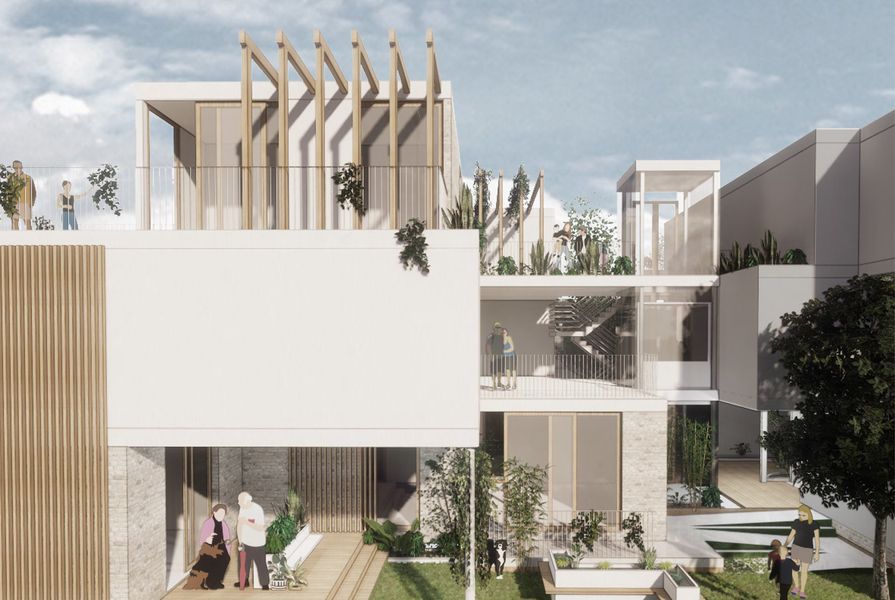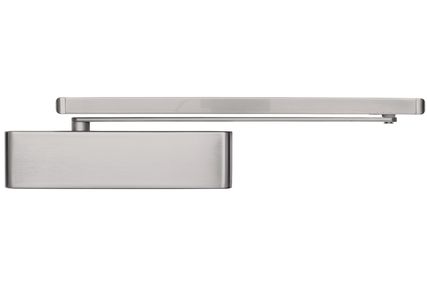Victoria’s planning and housing minister Richard Wynne has announced the winners of a student competition seeking exemplary apartment designs that would be replicable across Melbourne’s middle suburbs.
The competition was run concurrently with a corresponding industry competition.
Students were encouraged demonstrate how to rethink housing in Melbourne’s established suburbs.
“The Future Homes student competition initiative really envisaged what the homes of tomorrow would look like,” Wynne said at the announcement of the student winners.
“Over 80 built environment students have created homes that were of incredibly high quality, innovative, liveable and met the standards of a growing population and a more diverse range of households.”
“While the industry competition obviously had strict requirements that needed to be met, the students were less constrained in their requirements and that allowed them a lot of creativity in what was designed and this has been met on every measure.”
All three winning design teams were from the University of Melbourne.
The first prize was awarded to Lauren Ho, Madeleine Archer and Ben Thorp for their submission Commhaus. They proposed a cooperative model with a participatory design process that would create several clusters of diverse households with shared, centrally located courtyards within each cluster. The apartments would also have flexible spaces that would adapt to the changing lifestyles of the residents over time.
Commhaus by Lauren Ho, Madeleine Archer and Ben Thorp, University of Melbourne.
Second prize was awarded to Neuman Chow. His scheme proposes an urban village of three large family home blocks linked by a communal, open corridor. The scheme also includes shared kitchens between apartments as well as kitchen-less social housing apartments, and a range of communal areas on the site.
Cohesion Loop by Neuman Chow, University of Melbourne.
Leyuan Yu’s scheme Digi-balance won third prize with a scheme that aims to create homes for a generation that is increasingly spending more time connected to technology. The proposal includes a communal area at the centre of the development with on site gym, cafe, and grocery store.
Digi-Balance by Leyuan Yu, University of Melbourne.
Three commendations were also awarded to teams from Monash University, the University of Melbourne and Swinburne University of Technology.
The competition was judged by jury chair Stefan Preuss (associate Victorian government architect), Kerstin Thompson (director, Kerstin Thompson Architects), Rob McGauran (director, MGS Architects), Jane Homewood (executive director planning and services, Department of Land, Water and Planning), Tom Alves (head of development, Australian Housing and Urban Development Institute), and Rob Pradolin (founder/director, Housing All Australians).
The Future Homes student competition was run by IBA Melbourne in partnership with The Department of Environment Land Water and Planning and the Office of the Victorian Government Architect.
An exhibition of the industry and student entries to the competition is on display at Melbourne School of Design until 24 May.
The Victorian government will create a demonstration project of 12 public housing apartments at a site in Braybrook to a design by Lian, which is one of the winners of the industry competition.



































